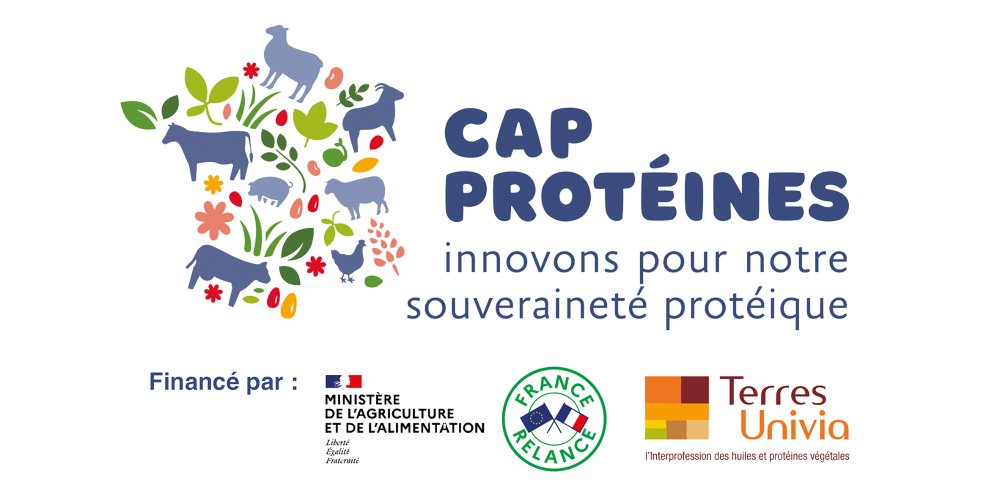Winter pea and faba bean planting 2021: recommended lists of varieties adapted to climate and soil type
Winter pea and faba bean planting 2021: recommended lists of varieties adapted to climate and soil type

Paris, September 24, 2021 - While new pea and faba bean varieties benefit from breeding efforts and have seen their main characteristics improved, they are still not used enough in the field. To contribute to the varietal renewal in the fields, Terres Inovia proposes, within the framework of the Cap Protéines program, a new tool to help in the choice: lists of recommended winter pea and faba bean varieties. The advice takes into account, in addition to yield, the risk of frost and, for winter peas, the type of soil, particularly the presence of limestone. It should also be remembered that the use of certified seed contributes to quality production and allows the maintenance of a dynamic variety creation.
A little more than 200,000 ha of peas in pure culture have been planted in 2021, of which 1/3 in winter peas, and around 80,000 ha in faba beans, of which more than half in winter faba beans. In recent years, the range of varieties has increased with 1 to 3 new varieties registered per year in the French catalog. Significant improvements have been made in yield and, for winter pea, in stem strength, seed size and protein content. Unfortunately, Terres Inovia surveys show that old varieties are still widely used in France.
Choosing a suitable variety to take advantage of genetic progress
The variety is an essential agronomic lever for making the most of the production potential of pea or winter bean in a given area. The choice of a variety adapted to the climatic context for these winter types must be reasoned out in the first place according to its resistance to the cold to avoid damage due to frost. These crops, planted in the fall, must withstand sub-zero temperatures during the winter, which often causes plant losses, especially in the coldest areas, such as in the Northeast. However, the most resistant varieties can withstand temperatures of around -15°C for winter peas and -12°C for winter faba beans.
For winter peas, we must also take into account the risk of iron chlorosis encountered in calcareous soils during very rainy winters, as was the case during the winter of 2020-2021.
The yield levels observed and their regularity in the different geographical sectors targeted over several years are also taken into account.
Recommended lists available online at myVar®
To help producers, lists of recommended winter pea and faba bean varieties have been developed by Terres Inovia taking into account all these criteria in the framework of the project "Evaluating and disseminating new high-protein legume and oilseed varieties" of the Cap Protéines program. 10 winter pea varieties and 6 winter faba bean varieties were thus positioned in different geographical areas. These lists can be consulted on myVar®, by choosing the crop "Winter pea" or "Faba bean", then "Evaluation results and recommendations of Terres Inovia" and finally "Regionalized recommendations". By publishing these recommended lists for winter pea and faba bean sowing for autumn 2021, Terres Inovia completes its advisory offer, after the implementation of recommended lists for sunflower varieties in 2017, rapeseed in 2018 and soybean in 2020, updated every year on myVar®. And by the end of 2021, Terres Inovia plans to produce lists of recommended spring pea and spring faba bean varieties.
You can watch or rewatch on Terres Inovia's YouTube channel the IT Thursday of September 23, 2021 dedicated to the recommended lists of winter pea and faba bean, by clicking here.
